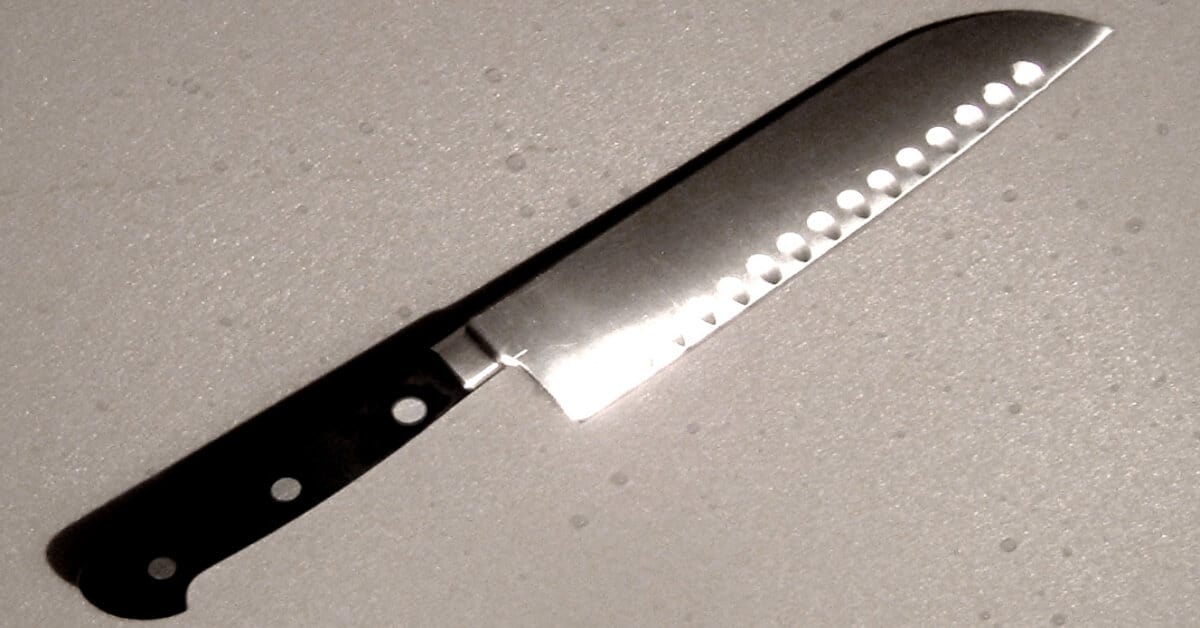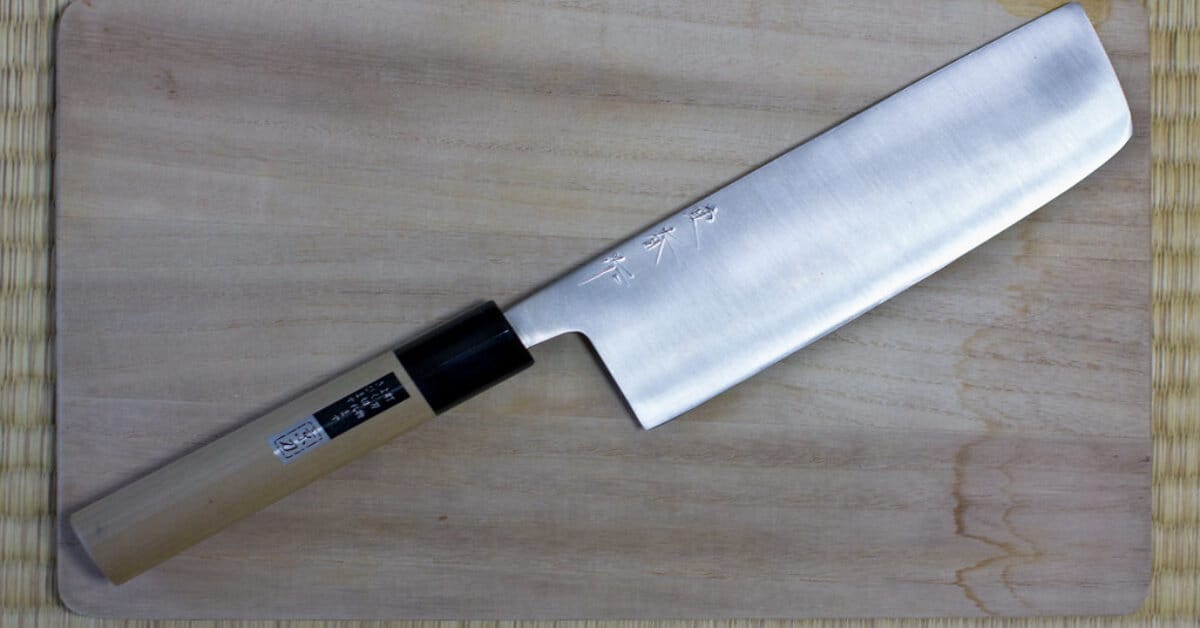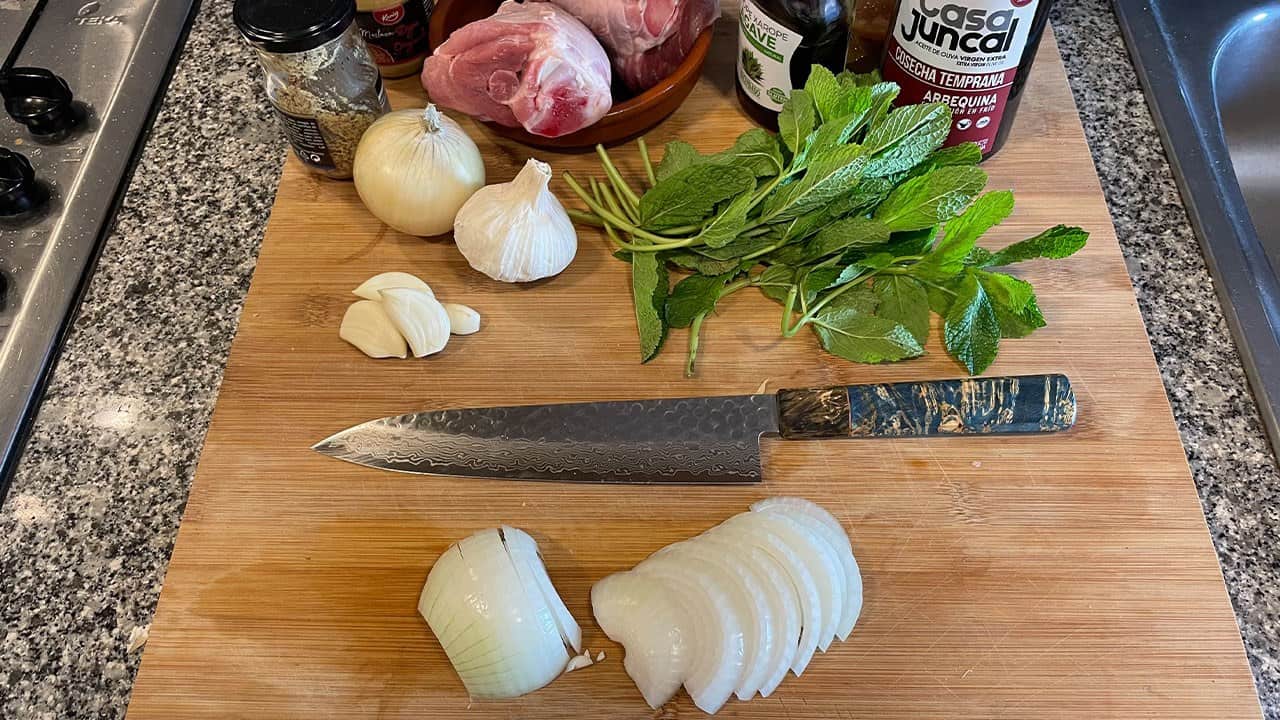What is a Gyuto Knife?
Do you want to learn about Gyuto knives? These Japanese kitchen knives are becoming more and more popular in the United States. But what is a Gyuto knife, and what can you use it for? In this article, we will discuss Gyuto knives, why they are worth your attention, and their uses in the kitchen. So, if you’re interested in learning more about these amazing kitchen knives, keep reading!
A Little Bit About Gyuto Knives
A Gyuto knife is a Japanese kitchen knife that is used for various tasks such as slicing, dicing, and mincing. Gyuto knives are made with Japanese steel which makes them extremely sharp and light. The blades of Gyuto knives are also thinner than most Western-style kitchen knives which makes them ideal for slicing and chopping vegetables, but they are multi-purpose knives and could be compared to the Western chef knife.
What is So Special About Japanese Knives?
Japanese knives are some of the most well-known and respected kitchen knives in the world. But what is so special about them? What makes them stand out from other types of knives?
There are a few things that make Japanese knives unique. For starters, they are typically made with higher quality materials than other knives. They also feature a more precise construction and a sharper blade. You can check out our Japanese vs German Knives for more of a Gyuto vs Chef Knife comparison.
But one of the most important things that makes Japanese knives so special is the fact that they are designed for a specific purpose. Gyuto knives, for example, are designed specifically for slicing and dicing. This means that they are the perfect tool for any chef who wants to create restaurant-quality dishes but they are still versatile enough to acta as an all-purpose knife.

Are Gyuto knives good?
Gyuto knives are considered some of the best kitchen knives available on the market. Japanese steel is known for its quality, durability, and sharpness. As they are made fro Japanese steel, Gyuto knives will hold their edge for a long time and can be easily re-sharpened when needed. In addition, Gyuto knives are relatively lightweight which makes them easy to maneuver and less tiring to use than heavier Western-style knives.
There is an aesthetic quality to Japanese knives too. They often have a more simple and understated design than their Western counterparts bringing a simple elegance to the kitchen. Stay tuned for our guide to the best Gyuto knife, which is coming soon.
Are Gyuto knives full tang?
Gyuto knives are not always full tang but they can be. Full tang means that the steel of the blade extends all the way to the back of the knife where it is riveted to the handle. This gives Gyuto knives extra strength and stability. As Japanese cooking excentuates delicate siices and chopping, however, many Japanese knives are much lighter than their Western counterparts. This means that they won’t always be full tang, with more traditional Gyuto knives being only half tang, which means the steel only extends halfway up the handle.
Gyutos do not tend to have a bolster either. Bolsters can add weight and stability to a knife but they can also get in the way when trying to make precision cuts. Gyuto knives are designed for slicing and dicing so they don’t need a bolster for extra stability and again seek to shed any extra weight when not completely necessary. For more information on kitchen design and construction, check our our ultimate guide to kitchen knives.
What are Gyuto knives used for?
Gyuto knives can be used for a variety of tasks in the kitchen but they are especially well-suited slicing, dicing, mincing, and chopping vegetables. As Gyuto knives are thinner than most Western-style knives, they are ideal for slicing and chopping vegetables very finely and dicing them into tiny pieces. Their thin blades allow them to glide through vegetables with ease, without smashing or bruising them. However, Gyuto knives can also be used for more tasks such as cutting meat, filleting fish or deboning and breaking down chicken. Just don’t try to cut through bone as this may damage the thin blade.
In Conclusion
If you’re looking for a quality kitchen knife that is perfect for slicing and chopping vegetables, Gyuto knives are worth your attention. Made with Japanese steel, Gyuto knives are sharp, lightweight, and versatile. So, whether you’re a beginner or an experienced cook, a Gyuto knife could be a great addition to your kitchen arsenal.
FAQs
What is a Santoku knife best used for?
A Santoku is a Japanese-style all-purpose kitchen knife that is ideal for slicing, dicing and mincing. In a Santoku vs Gyuto knife comparison, the Santoku’s distinctive feature is its wide blade, which makes it particularly good at chopping vegetables. It can also be used for meat and fish, although it is not as well suited for these tasks as a western chef’s knife or a carving knife.
What is a Gyuto knife used for?
A Gyuto knife is a Japanese-style chef’s knife that is similar in shape to a Western-style chef’s knife. However, the Gyuto is narrower and has a longer blade. It is ideal for slicing, chopping, and dicing fruits, vegetables, and meats.




